If you’ve ever grown peonies, you know how magical those big, fluffy blooms are. What happens, though, after the blooms fade? This question used to cross my mind when I first grew peonies.
And now I know it. How you care for your peonies after they finish blooming has a significant impact on the display next year. Let's discuss “how to take care of peony” as those petals begin to fall!
Learn About Peonies
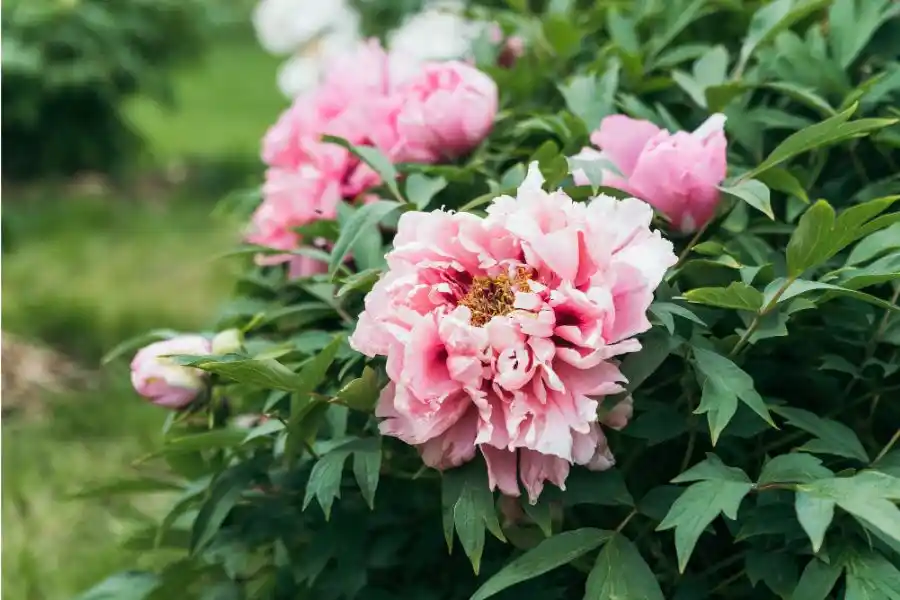
Peonies belong to the Paeonia genus. They are the only members of the Paeoniaceae family. Cool, mountainous regions across America, Europe, and Asia are their native habitats.
Peonies are popular flowers & are widely grown as both decorative plants and cut flowers. This is not only because of their charming beauty, but also their preference for cold weather.
Peony Flowering Season
| Peonies have the shortest blooming season of all decorative plants. Those beautiful blossoms only last for about 1 week for bush types & 2 weeks for tree peonies. |
Varieties of Peonies

Before we jump into how to take care of peony, let’s explore the 2 main types of peonies – tree peonies & peony bushes. Each one has its own charm and distinct growing habit:
| Type | Description | Bloom Time |
| Peony Bushes | The most popular type. Die slowly to the ground every year. Have big & sweet-smelling blooms. | Late spring |
| Tree Peonies | A woody perennial – keeps growing from the same branches every year. Have larger flowers & more shrub-like in shape. | Late spring to Early summer |
The most widely grown type is the herbaceous peony (or peony bush), so you will need to focus on caring for them. Tree peonies often don't die back or require much pruning.
What You Should Do After Peonies Bushes Finish Blooming
How you take care of peony after it fades is very important. It will help them grow gorgeous and healthy next year. Your first task is very simple: deadheading.
Deadhead Peony Blooms
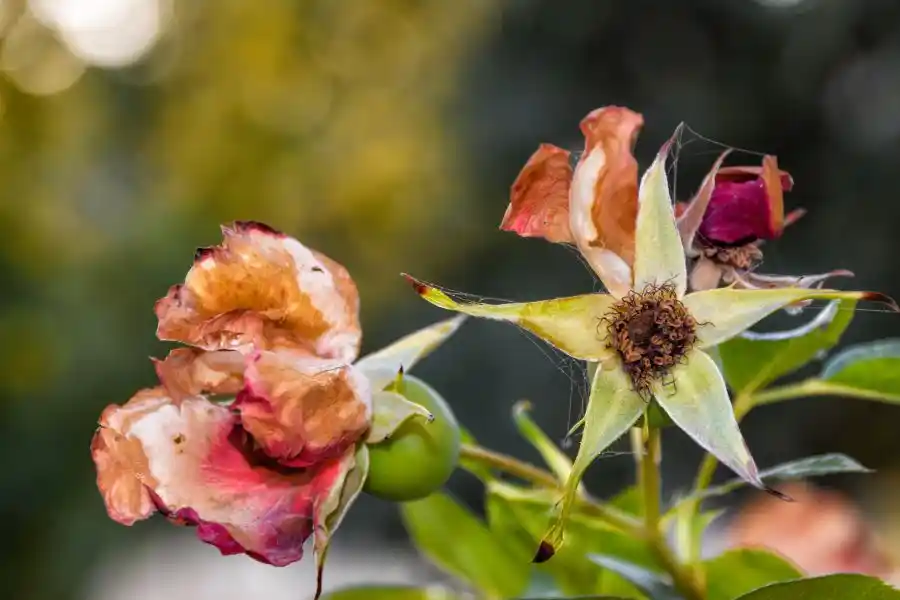
Once you notice the peony bloom starting to wilt, remove it right away. Here’s why:
Even though old blooms cannot be rescued, they continue to get energy if you leave them on the plant. That is a waste of energy. It should be used to prepare your plant's roots and leaves for the blooms of the next year.
You need to have a clean and sharp pair of scissors or pruning shears to do this.
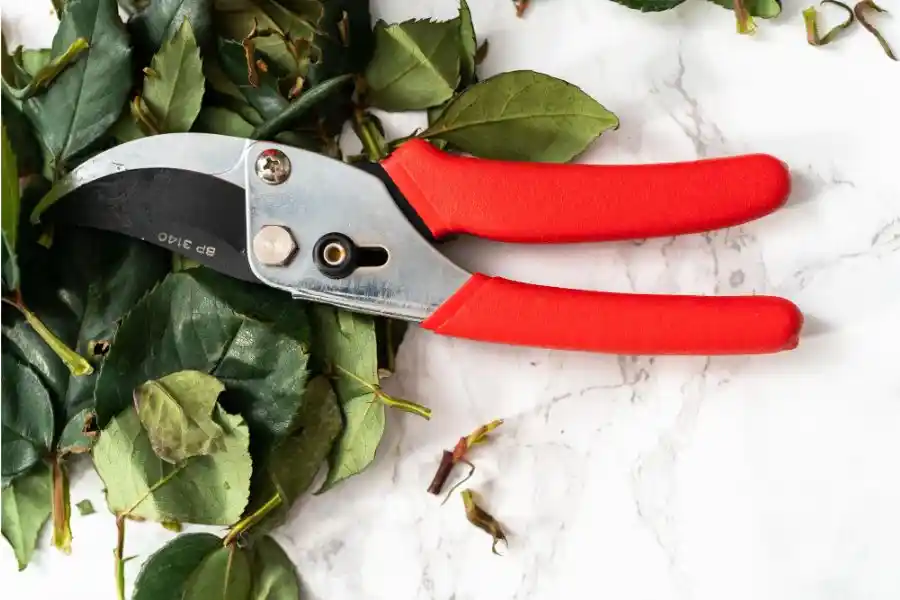
Here’s how I deadhead my peonies:
- Find the first full set of leaves below the faded flowers.
- Cut the stem just above those leaves — no lower.
- Leave as much green foliage as possible. This allows the plant to absorb sunlight and nutrients throughout the summer
| Pro tip: Use clean tools always. A clean, crisp cut won't drain more energy from your plant and will heal faster. |
Fertilize Peony Bushes

Feeding the peony is the first thing I always do after deadheading it. Yes, the plant still requires a little more care even when the flowers are gone.
Giving your peonies a good dose of fertilizer will help them to recover and bounce back from blooming.
Here’s how I do it:
- Sprinkle some bone meal around the base of each plant.
- Use a mall hand rake (I use my fingers) to lightly mix it into the soil
- Water your peonies – this helps the nutrients soak into the soil easily
| Pro Tip: Bone meal is one of the best fertilizers for peonies. Use it in early spring and right after flowering. |
Care for Your Peonies in Late Summer
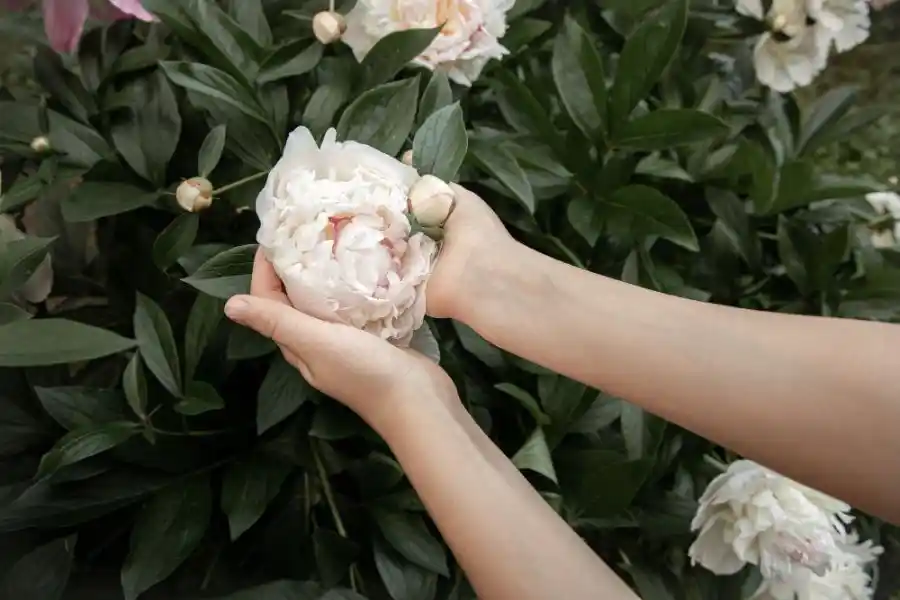
Not much to do during this time. Just leave your peonies to do their thing.
However, there is one crucial rule you must follow:
Never move or transplant peonies after they've bloomed.
Why?
In late summer, the weather is still hot. This can stress the plant and slow down its growth for the upcoming season.
| Keep in mind: Fall is the ideal time to transplant peonies if you need to. |
Care for Your Peonies in Late Fall
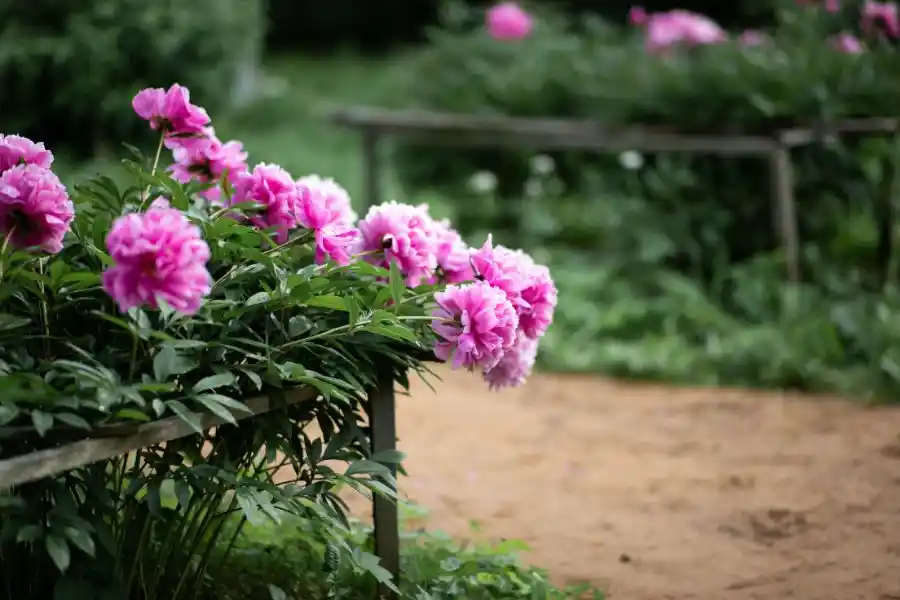
I always watch my peony bushes as the chill of late September reaches. When the foliage entirely dies back after a couple of hard frosts, it's time to take over.
What I do is as follows:
- Await the plant to die back naturally: Cutting too soon can damage the plant, so take your time.
- Cut it down to about ½ inch above the ground: Once it has wilted and turned brown. Use sharp and clean tools always.
- Cover the soil with mulch: This keeps the roots safe during the chill winter.
That's it! Easy maintenance now will result in larger, more robust blooms the following spring. Who doesn't want that?
What To Do After Tree Peonies Finish Blooming
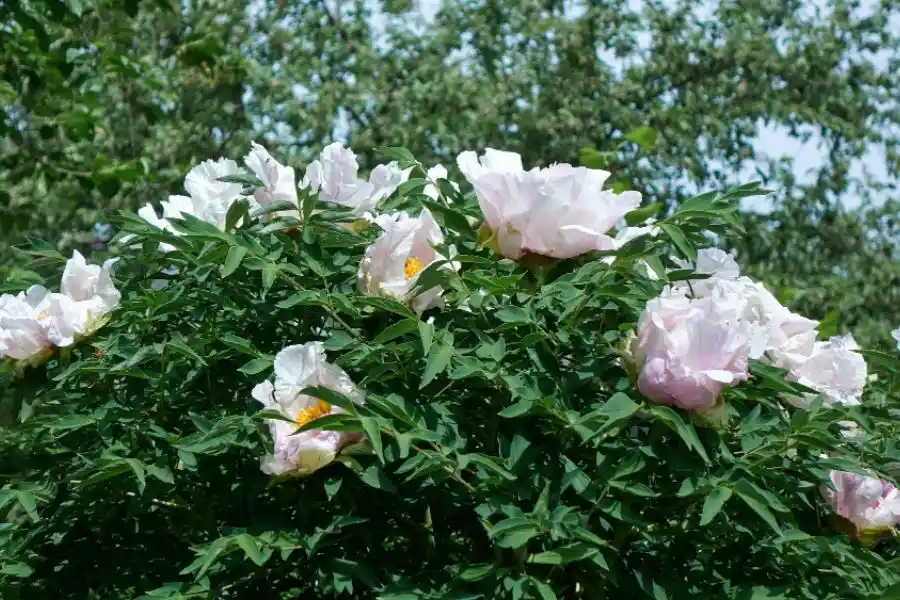
Tree peonies will need a little different care from regular peony bushes. Since these beauties grow as woody shrubs, you shouldn’t cut them down to the ground like herbaceous peonies.
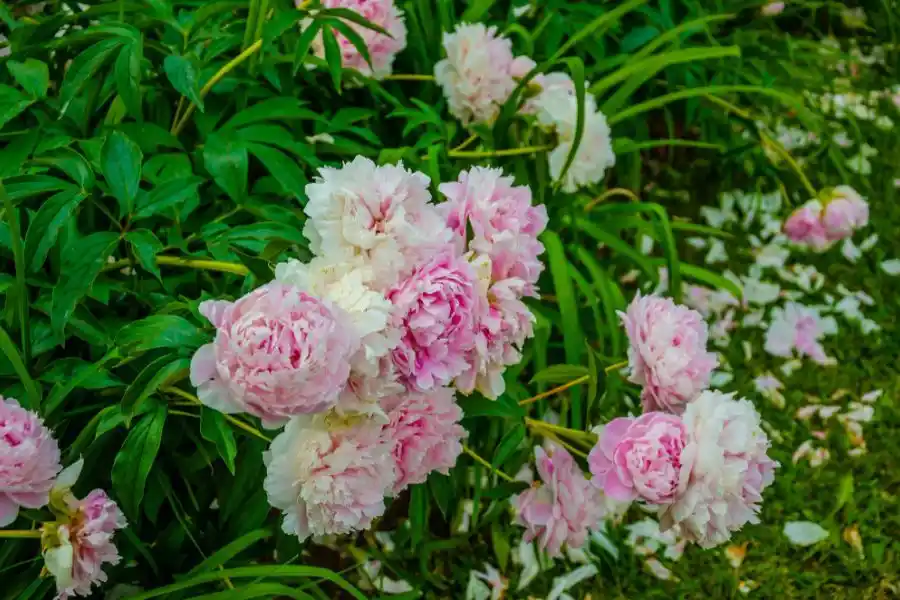
Here’s how I take care of my beautiful tree peonies:
| – Pinch off spent flowers right after they bloom: To keep the plant tidy and refocus energy, simply cut off the old blooms. – Prune out any dead wood in the early spring: To boost new growth, trim back to a healthy bud or node. – Trim the plant slightly in the summer: If a branch is growing unevenly, I normally cut it back by one or two branches to shape the plant. – For older, neglected shrubs, consider renewal pruning in late autumn: If necessary, cut a few of the oldest, thickest stems to the ground. |
With just a little attention, tree peonies will reward you year after year with those incredible, showy blooms!
Last Words
See, you now know how to take care of peony after they bloom. Just some deadheading and feeding will help your favorite peonies stay healthy and happy.











